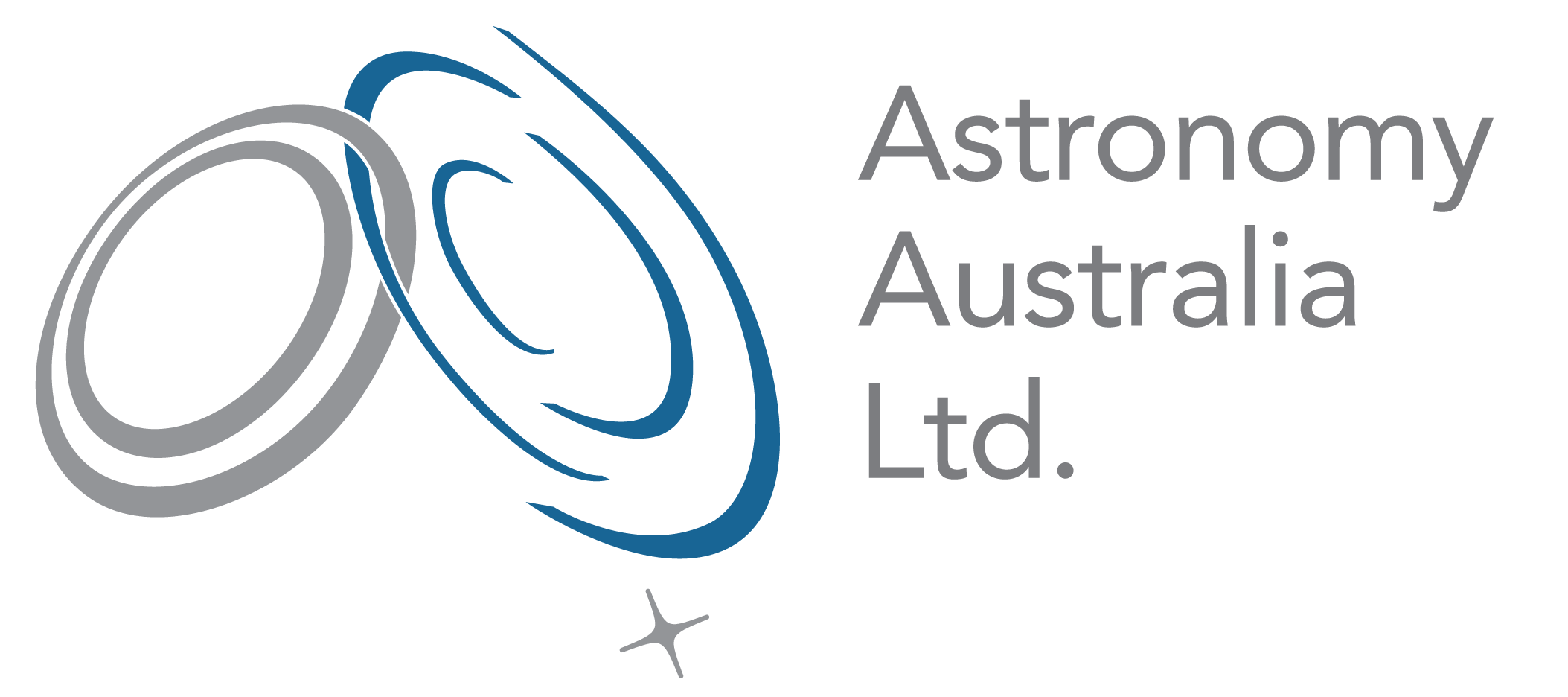eROSITA was launched onboard the SRG satellite on July 13, 2019. It provides all-sky X-ray imaging at 0.3-8 keV with 15″-30″ angular resolution, and covers galactic longitudes 180 < l < 360.
Calibration and Performance Verification Observations officially started on October 13, and were completed on December 8, 2019. The CalPV data release is planned (TBC). See below for approved eROSITA_DE PV observations.
The first eROSITA all-sky survey was completed in June 2020, revealing a spectacular vision of the hot and energetic universe. The result has created a new map for astronomers, with this new survey capturing over one million objects – far exceeding the number discovered by previous X-ray telescopes. See more information here.
At the end of 2022, the eROSITA (extended Roentgen Survey with an Imaging Telescope Array) instrument completed its fourth (out of eight) survey of the full sky at X-ray wavelengths. At the mission completion, eROSITA will have performed eight all-sky surveys. The existing eROSITA data already surpass those coming from previous all-sky X-ray surveys, having much greater depth, image quality, and spectral coverage. The eROSITA data offer the opportunity to study extremely energetic events across vast scales in the Universe, from accreting binary systems at stellar scales to 10-million-degree shocks driven by galaxy cluster mergers.
